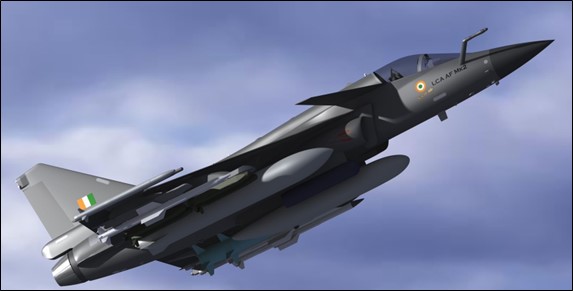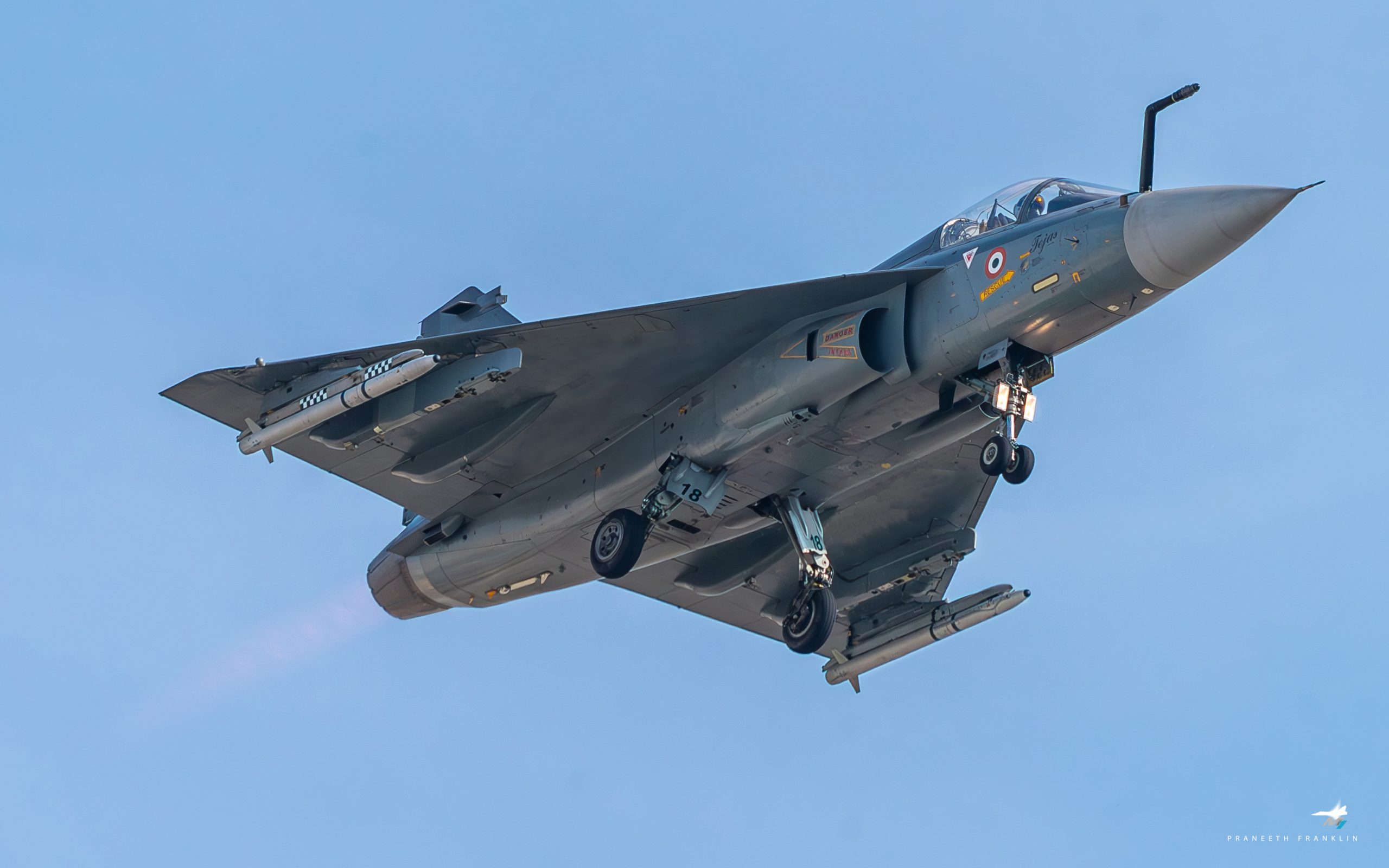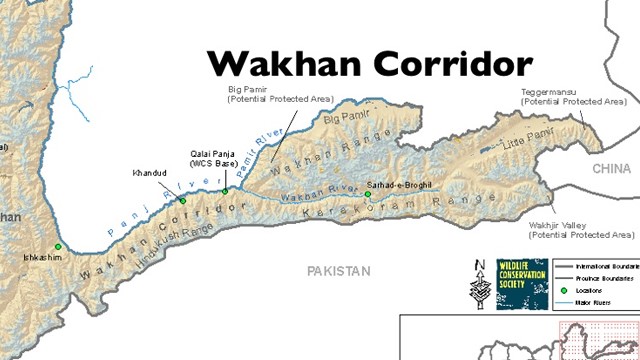
‘Eroding Basis Of Bilateral Relations’ – Chinese Policy Is Institutional!

On 27 April 2023, on the sidelines of the SCO Defence Ministers Meeting, the Indian Defence Minister Rajnath Singh in as clear and candid manner as can be told the Chinese Defence Minister Gen Li Shangfu that China’s Violation of LAC has ‘eroded entire basis of bilateral relations.’ The visit, the first by Gen Shangfu, came on the heels of the 18th Round of Corps Commander Level Talks at Chushul-Moldo. Apparently, there had been little progress in resolving the issues of the LAC, be it disengagement or de-escalation!
Inevitably such interactions at the highest level tend to lead to anticipation of breakthrough at political level, beyond the professional discussions at the WMCC or Corps Commanders Level Talks. The May 2020 PLA aggression in Eastern Ladakh and the stand-off that has continued, has clearly indicated that the Agreements and Protocols have little value left, and the Chinese cannot be relied upon to pursue them with any norms of bilateral relationship or international legality of Treaties/ Agreements.
The current contradictions of the Indian and Chinese positions are stark. India has often stated that relations with China are not be normal, because India will not agree to any attempt to change the Line of Actual Control (LAC) unilaterally. On the contrary Chinese Foreign Minister Qin Gang in the March 2023 visit to New Delhi (and the previous Foreign Minister in 2022) had stated that India and China should put the boundary issue in the “proper place” in bilateral relations and work together to bring the situation at their borders under ‘normalised border management and control’.
This has become an institutional policy and position of China, obviously arrived at with internal deliberations. Obviously China deems current situation to be “normal,” with no plans or intention towards conflict resolution. There is clear indication that a de-escalation or de-induction is not on the cards. Even in the 26th in-person WMCC Meeting held in Beijing held recently, China had claimed that the situation on the Border is normal.
Contextually, in the recent past, Chinese foreign ministry spokesperson, objected to Home Minister Amit Shah’s visit to Arunachal Pradesh. The visit was equated to having violated Beijing’s territorial sovereignty and hence was not “conducive” to peace and tranquillity along the border. Again, it was the third time that China had recently unilaterally renamed places in Arunachal Pradesh. It had previously done so for six places in April 2017 and 15 places in December 2021. In April 2023, China’s Ministry of Civil Affairs released the ‘standardised’ names published in Chinese Hanzi, Tibetan script and Pinyin, of 11 places for Arunachal Pradesh, ‘in accordance with regulations on geographical names issued by the State Council.’ The names included two land areas, two residential areas, five mountain peaks and two rivers. There was also an attempt to ‘salami slice’ at Yangste in Tawang Sector in December 2022, which was firmly denied by the vigilant Indian army units.
Chinese remarks are in clear violation of the ‘Agreement on the Political Parameters and Guiding Principles for the Settlement of the India-China Boundary Question, 2005.’ The Agreement had stated that in attainment of the solution the two sides will consider “historical evidence, national sentiments, practical difficulties and reasonable concerns and sensitivities of both sides, and the actual state of border areas”; the boundary should be along “well-defined geographical features.” Interestingly, in the Agreement it was stated that interests of “settled populations in the border areas” to be considered. The Agreements hence have limited value, and the ‘new normal’ is what Chinese continue to harp on!
Meanwhile Chinese infrastructure development is continuing on feverish pace with a railway plan for Tibet, expanding the network to 4000 km by 2025 from the current 1400 km. This also has the Xinjiang-Tibet network, which follows the route of the G219 highway passing through the disputed Aksai-Chin region. The under construction G695 highway follows the course in proximity to the LAC and McMahon Line. Cumulated with more than 50 airports and helipads, on completion, these will facilitate faster mobilisation, and lateral movement of military formations and wherewithal.
There has been no de-induction of accretional forces from opposite Eastern Ladakh or Arunachal Pradesh. Obviously, China has no plans or intention towards conflict resolution, and there is clear indication that a de-escalation or de-induction is not on the cards.
Consequent to the current visit of the Chinese Defence Minister, 2023 calendar is choc-a-bloc full of political-level interactions at G7, SCO, BRICS, G20 and RIC. To expect the Chinese institutional position to mellow or a breakthrough on the LAC seems too distant. It seems China is unlikely to relent on nullifying the buffer zones in Eastern Ladakh, or the impasse at Bottleneck and Demchok Nallah (CNN Junction). The obvious rationale is to deny patrolling towards Depsang Plateau or Chandingla.
Four distinct considerations stand out. First, China took advantage of an atmosphere of Agreements, Protocols and CBMs to aggressively and simultaneously in May 2020, created tactical advantage of denying patrolling to Indian LAC, and creating fait accompli for India. As events followed May 2020, Indian response was strong, firm and across the entire LAC, as events at Yangtse, Tawang proved in December 2022 proved. Continuing the similar format, India’s border guarding forces must deny any opportunity for further salami slicing along the entire border. In matters of sovereignty and territorial integrity, fear of escalation must not be the sole criterion.
Second, the buffer territories in Eastern Ladakh created over last two years, through mutual acceptance separate forces physically and prevent unintended clashes on the border. These buffers are being termed ‘normal’ by China in future border management. Efforts must continue that the buffer zones are nullified, soonest. In an era of distrust, these have limited value as likelihood of infringement will remain, the probability of tactical engagement will increase proportionally creating security dilemmas. This likelihood must be guarded against.
Third, de-escalation by PLA does not seem to be on the cards. Evidently tensions along the borders will persist, and in fact with increased military infrastructure and military build-up, ‘threat’ will remain. Peace will only be guaranteed by retaining strong reserves by Indian Army along the borders, denying further incursions and planning for quid pro quo if the situation so warrants! There is need, however, to place de-escalation or force reduction in the agenda too. Large deployments in proximity have always the possibility of escalation!
Fourth, it is apparent that political, diplomatic and military to military talks have proven to be advantageous, in mitigating tensions. These continually work at conflict mitigation. There is need to progress from limited conflict prevention and mitigation to conflict resolution. India should put forward conflict resolution systemic. There must be imaginative proactive steps and initiative. China has grandiose global plans under the rubric of Global Security Initiative (GSI) ought to start from home. Global security has surely connotations for regional peace too!
In sum, the talks between Indian and Chinese Defence Ministers have its positives. The two largest nations of the world despite the border dispute must continue to engage at different levels, to seek solutions out of a mess created by China, that has all the potential of escalating. However, this is but no time to be complacent. What China is continuing is pure and simple coercion and belligerence to retain geopolitical and geostrategic pressure on India. While proceeding diplomatically and firmly, there ought not to be any opportunity to PLA to take advantage territorially.
Disclaimer
The opinions expressed in this article are the author’s own and do not reflect the views of Chanakya Forum. All information provided in this article including timeliness, completeness, accuracy, suitability or validity of information referenced therein, is the sole responsibility of the author. www.chanakyaforum.com does not assume any responsibility for the same.
Chanakya Forum is now on . Click here to join our channel (@ChanakyaForum) and stay updated with the latest headlines and articles.
Important
We work round the clock to bring you the finest articles and updates from around the world. There is a team that works tirelessly to ensure that you have a seamless reading experience. But all this costs money. Please support us so that we keep doing what we do best. Happy Reading
Support Us















POST COMMENTS (0)